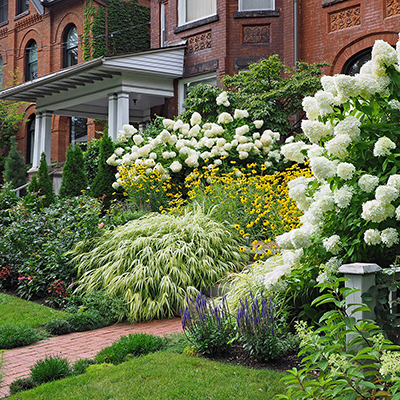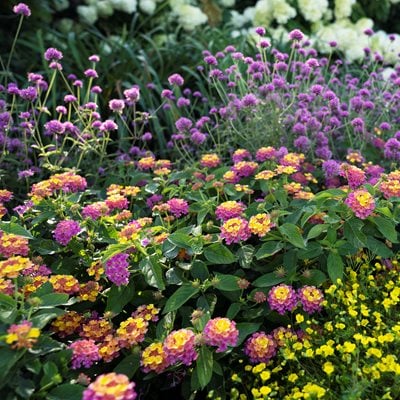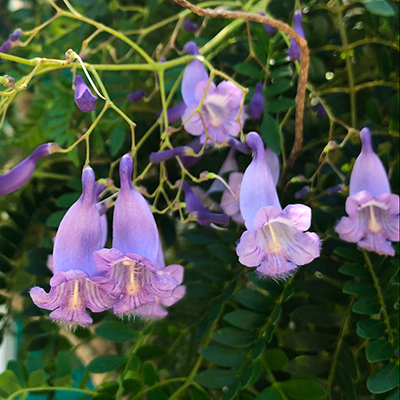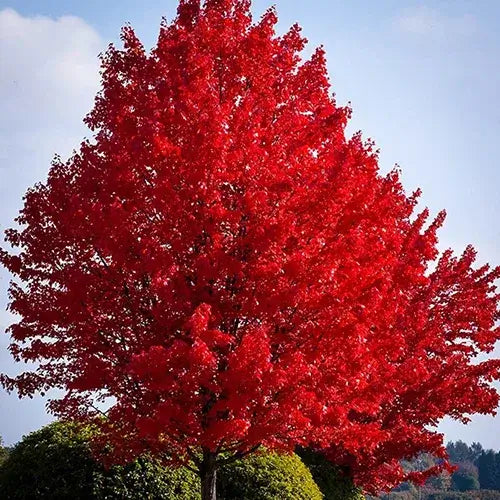Enhancing Landscapes with Beauty and Purpose
When it comes to your home, it is easy to spend a lot of money. Your home is a wise investment because you are spending a lot of money on making your home look its best.
When it comes to decorating your home a great way to accent the front walkway, or the front of your home is by placing ornamental shrubs and trees in your front area.
Ornamental shrubs can be as simple as boxwood hedges because they can be decorated, cut, pruned, and trimmed any way that you like. Ornamental trees such as Japanese Maples and Crape Myrtles are also a great way to bring accent and attention to your home or office.

Ornamental shrubs and trees are great because they will grow to any height and dimension. That you want them to be, and by taking the time to vision them and imagine what you want them to be, you can simply by pruning and trimming the branches anyway that you prefer to get them to your shape.
Walt Disney World is famous for its ornamental shrubs and trees. Their imaginative artists can take a lovely tree or shrub and prune them into any shape they want, such as elephants, giraffes, Mickey Mouse, Minnie, and many other characters to bring life and style to the park.
Ornamentaltrees and shrubs make an excellent investment because it allows you to have accent, style, and flair to your home or business.
Source to Buy Ornamental Shrubs
https://www.tnnursery.net
Ornamental Trees and Shrubs: Enhancing Landscapes with Beauty and Purpose
Ornamental trees and shrubs have long been cherished for their ability to transform landscapes, adding beauty, structure, and a touch of nature's splendor to gardens, parks, and urban environments. These plants are not merely decorative; they serve a multitude of purposes, from providing shade and privacy to attracting wildlife and improving air quality. In this exploration, we delve into the fascinating world of ornamental trees and shrubs, examining their diversity, cultivation, ecological significance, and their profound impact on human well-being.
Diversity and Classification For Ornamental Trees and Shrubs
The term "ornamental trees and shrubs" encompasses many plant species valued for their aesthetic appeal. These plants come in different forms, sizes, colors, and textures, offering endless possibilities for landscape design. From towering shade trees to compact flowering shrubs, there's a species suited to every environment and aesthetic preference.
Botanically, ornamental trees and shrubs belong to diverse families and genera. They may include deciduous species that shed their leaves in autumn and evergreens that retain their foliage year-round. Popular deciduous ornamental trees include flowering cherries (Prunus spp.), ornamental maples (Acer spp.), and dogwoods (Cornus spp.). Evergreen options range from majestic conifers like pines (Pinus spp.) and spruces (Picea spp.) to broad-leaved evergreens such as rhododendrons (Rhododendron spp.) and camellias (Camellia spp.).
Shrubs, similarly, offer a wide selection for landscaping purposes. They can be categorized into flowering shrubs, such as hydrangeas (Hydrangea spp.) and lilacs (Syringa spp.), and foliage shrubs, including boxwoods (Buxus spp.) and Japanese euonymus (Euonymus japonicus). Moreover, ornamental grasses and bamboos add unique texture and movement to garden landscapes.
Cultivation and Care For Ornamental Trees and Shrubs

Successful cultivation of ornamental trees and shrubs requires careful attention to their specific needs, including soil type, sunlight exposure, watering requirements, and climate suitability. Before planting, selecting species well-suited to the local climate and growing conditions is essential.
Providing the right growing conditions is essential to ensure your ornamental trees and shrubs thrive. First and foremost, the soil should be well-drained, as these plants easily root and rot in poorly drained soil. Adding organic amendments to the soil can improve its structure and fertility, making it easier for the plants to absorb nutrients and water.
Watering is also a vital part of caring for ornamental trees and shrubs. During the establishment phase, providing adequate water to encourage healthy root development is especially important. This phase typically lasts for the first year after planting, but it can change depending on the specific plant species and growing conditions. Generally, it's best to water deeply and infrequently rather than giving the plants frequent shallow watering.
Mulching is another critical practice for maintaining healthy ornamental trees and shrubs. A layer of mulch near their base can help keep moisture in the soil, which is especially important during dry weather. Mulch also suppresses weeds, which can compete with the plants for water and nutrients. Additionally, mulch can help regulate soil temperature, protecting the roots from extreme heat or cold. When using mulch, keep it a few inches away from the base of the plant to prevent moisture buildup and potential rotting.
Pruning is another vital aspect of ornamental tree and shrub care. Regular pruning helps maintain the desired shape, control size, and promote flowering or fruiting. It's essential to use proper pruning techniques to avoid damaging the plant and encourage vigorous growth.
In addition to routine maintenance, ornamental trees and shrubs may require occasional fertilization to ensure optimal growth and flowering. However, it's essential to avoid over-fertilization, which can lead to extreme greenery growth at the expense of flowers or fruit.
Ecological Significance For Ornamental Trees and Shrubs
Beyond their ornamental value, trees and shrubs play a vital role in supporting ecosystems and promoting biodiversity. They deliver habitat and food citations for various wildlife species, including birds, insects, and small mammals. Native ornamental species, in particular, are well-adapted to local environmental conditions and support a diverse array of pollinators and beneficial insects.
Moreover, trees and shrubs contribute to the ecological balance by absorbing carbon dioxide, a greenhouse gas implicated in climate change, and releasing oxygen through photosynthesis. They also help mitigate the impact of metropolitan warmth islands by providing shade and reducing surface temperatures in built environments.
In addition to their ecological benefits, ornamental trees and shrubs contribute to human well-being in numerous ways. Research suggests that exposure to natural environments, including gardens and green spaces, can reduce stress, improve mood, and enhance overall mental health. Trees and shrubs also provide visual interest and seasonal variation, enriching the urban landscape and creating a connection to the natural world.
Practical Applications For Ornamental Trees and Shrubs
The aesthetic appeal and functional benefits of ornamental trees and shrubs make them invaluable assets in landscape design and urban planning. They can be strategically planted to enhance privacy, screen undesirable views, or define outdoor spaces. Tall evergreen trees, such as Leyland cypress (× Cuprocyparis leylandii) or arborvitae (Thuja spp.), are often used as living fences or windbreaks to create sheltered microclimates and reduce noise pollution.
In residential settings, ornamental trees and shrubs can create focal points, frame views, and add seasonal interest to the garden. Flowering trees, such as magnolias (Magnolia spp.) and crabapples (Malus spp.), provide stunning displays of color in spring, while ornamental grasses and shrubs offer texture and movement throughout the year.
Cities and towns can significantly benefit from street trees and roadside plantings. These green spaces can help mitigate the harsh, built environment by providing shade, reducing the effects of pollution, and improving air quality. Additionally, green infrastructure can reduce stormwater runoff, preventing damage to the urban infrastructure and local environments.
Choosing the correct species of trees and plants can also significantly maximize the benefits of green infrastructure. Native types are usually the most suitable choice, as they are adapted to the local climate and require less maintenance. Drought-tolerant species can also be a great option as they can thrive in areas with limited water availability, which can save on watering costs and resources.

Using green infrastructure allows urban areas to create more sustainable and healthy environments for their residents. Additionally, supporting local biodiversity through native and drought-tolerant types can help keep the ecological harmony of local ecosystems. Conclusion
Ornamental trees and shrubs are not merely decorative elements; they are living organisms that enrich our lives in countless ways. From their aesthetic beauty to their ecological significance, these plants contribute to the health and vitality of ecosystems while enhancing the quality of human life. By understanding their diversity, cultivation requirements, and ecological roles, we can harness the full potential of ornamental trees and shrubs to create vibrant, sustainable landscapes for future generations.



















































